Immerse yourself in the vibrant tapestry of Sri Lankan weather where sunshine reigns supreme and monsoon winds dance across the tropical island.
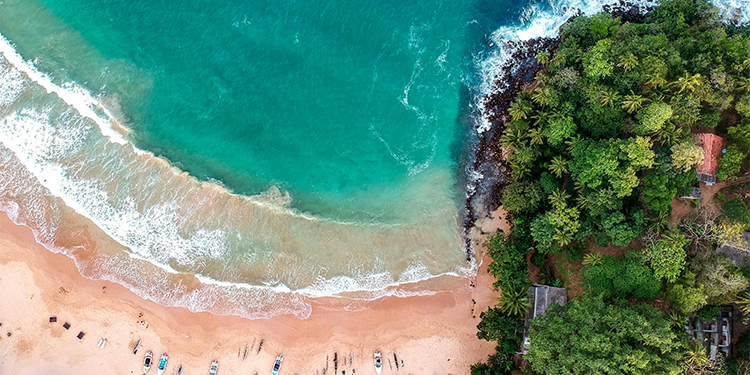
Sri Lanka’s climate can be classified as tropical due to its location inside the tropics, specifically between 5o 55′ and 9o 51′ North latitude and between 79o 42′ and 81o 53′ East longitude.
With elevations above 2.5 kilometres, the island’s central region is mountainous. Numerous intricate topographical features, including ridges, peaks, plateaus, basins, valleys, and escarpments, may be found in the central highlands’ main regions. The rest of the island is almost entirely level, with the exception of a few little hills that rise sharply in the lowlands. Particularly during the monsoon season, these topographical features have a significant impact on the spatial patterns of winds, seasonal rainfall, temperature, relative humidity, and other climatic factors.
The aforementioned topographical characteristics of Sri Lanka, along with the wind regimes at the regional scale of the Southwest and Northeast monsoons, determine the country’s climate. The four distinct climate seasons that occur in Sri Lanka throughout a 12-month period are as follows
- First Inter-Monsoon Season - March - April
- Southwest Monsoon Season - May - September
- Second Inter-Monsoon Season - October - November
- Northeast Monsoon Season - December - February
Sri Lanka’s coast experiences year-round heat. However, you can see that the island’s different sides might experience strong monsoon rains at different periods. When it comes to heavy rains, the first four months of the year are typically the most consistent. Most people refer to it as “high season” when they vacation. Despite this, the island welcomes a constant flow of tourists throughout the year.
The following information is essential to know before deciding when would be the ideal time to travel to Sri Lanka. In summary, there is never a bad time to visit Sri Lanka because the monsoons, not the seasons, determine the island’s weather.
Monsoons occur in the southwest of Ceylon (Mirissa, Galle, and Negombo) from May to September. In contrast, the northeast (Jaffna, Trincomalee) is open from October to February. As you can see, there are parts of the nation where it doesn’t rain a lot all year. However, you should still modify your travel schedule appropriately.
It’s also important for you to realise that rainy days are extremely rare. In the midst of a monsoon, rain should last between 15 and 20 minutes. However, they never prevented me from exploring Sri Lanka. All you need to do is pack a waterproof rain jacket. 26–30C (78–86F) is the constant temperature throughout the year, though it may rise even higher in April and May.
The weather in Sri Lanka is unpredictable. The primary southwest monsoon, also known as the “Yala” monsoon, is wettest from April to June and provides rain to the hill region, west and southwest coasts, and mid-to-late May.
The east coast is affected by the milder northeast (“Maha”) monsoon, which peaks in November and December. It lasts until March.
In addition, there is an inter-monsoonal period of erratic weather in October and November that precedes the Maha monsoon, as if that weren’t enough. Anywhere on the island could get thunderstorms and significant rainfall during this time.
Because of its ocean winds, Sri Lanka experiences pleasant year-round tropical weather, with average highs of 28°C along the coast and 16–20°C in upland regions. One side of the island is affected by the island’s dual monsoon at a time. The majority of the island’s rainfall falls in the southwest and central highlands, whereas the north and east have a separate dry season that lasts from May to September. It can get cool in the nights, so pack a jacket.
Best Time to visit Sri Lanka

Among the qualities that make Sri Lanka unique are its truckloads of friendliness, chests brimming with golden warmth, and pockets full of bright charm. This tropical paradise offers unparalleled grandeur in terms of history, culture, spirituality, biodiversity, and adventure.
This varied terrain, with its warm coasts, buoyant beaches, abundant hills, covered plantations, and inviting forests, is a traveller’s paradise.
The country has two different seasons: the dry and the wet. Understanding Sri Lanka’s monsoon seasons—the north-eastern and south-western monsoons—is essential to comprehending the country’s climate. The former stays dry from December to April and brings rain to Sri Lanka’s southwest between the months of May and November. The latter is dry from May to September and brings rain to Sri Lanka’s north and east coastal regions between October and January.
There are several factors to take into account while determining the ideal time to visit Sri Lanka. Fortunately, we’ve created this simple guide to assist you in making your choice with ease. Examine the breakdown of every season and everything it has to offer.

Peak Season
For those of you who are experts in culture, the months of December through April are particularly delightful on Sri Lanka's curry coast! Travellers come in droves during this dry season to explore the historical sites, elaborate temples, colonial churches, and breathtaking natural corners.

Shoulder Season
Explore Sri Lanka's charm in Sept-Nov's shoulder season! Pleasant weather, fewer crowds, budget-friendly & vibrant post-rain landscapes await. Discover historical sites & beaches in peace, all without peak season's rush

Off Season
May-August: Find serene Sri Lanka! Monsoon brings lush scenes, quieter charm & budget stays. Dive into culture & nature, escaping peak-season crowds
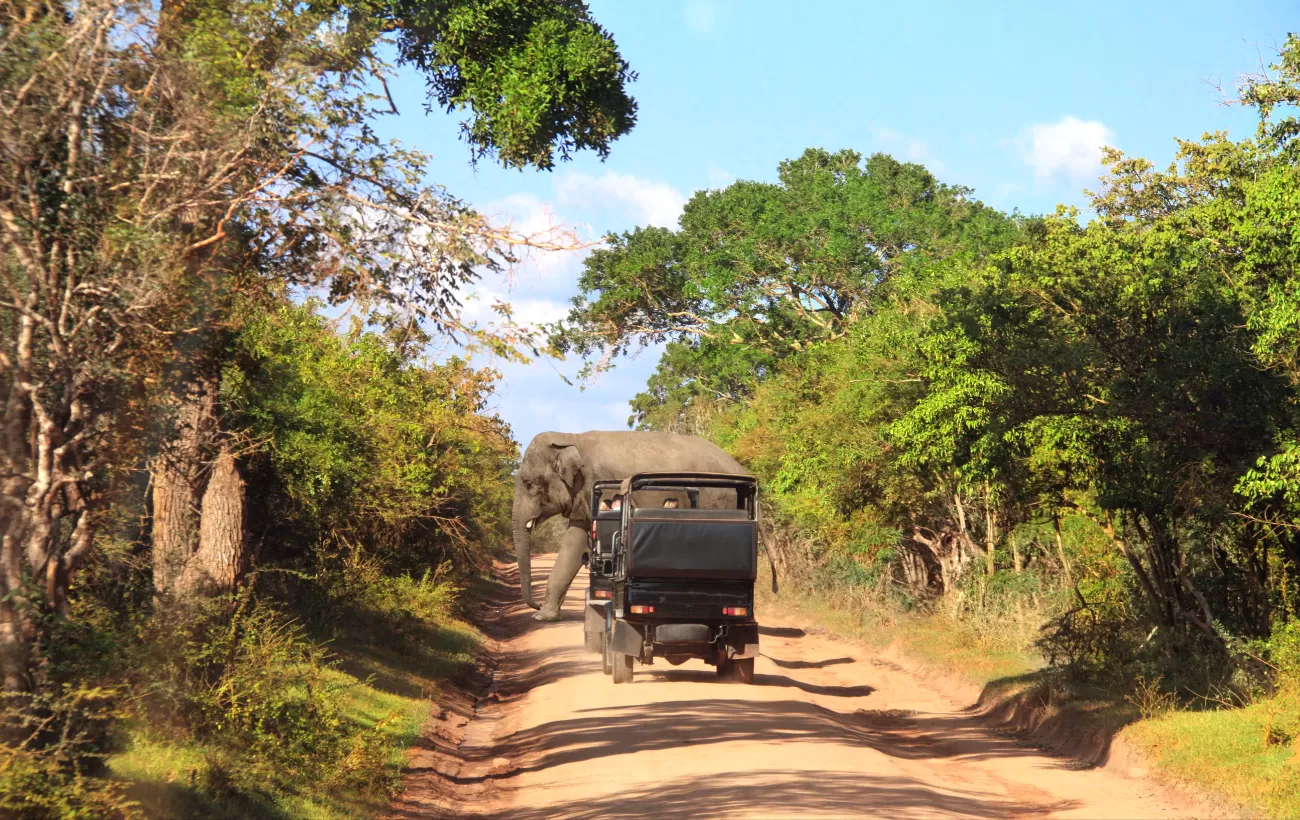
December-April
Average Temperature : 22-32°C Season : Warm and dry

May-November
Average Temperature : 23-31°C Season : Humid with heavy rainfall
Sri Lanka In Summer (December-April)
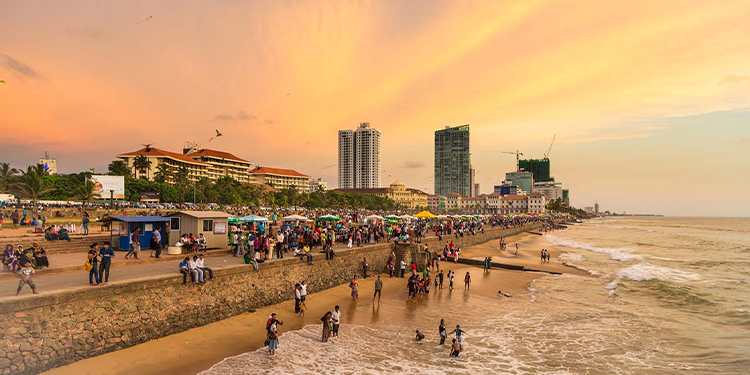
Temperature: During the dry season, the air temperature varies between 22°C and 32°C.
Weather: The majority of the island nation enjoys a lovely hot and dry environment from December to April. This time of year is thought to have the greatest climate for visiting Sri Lanka because of the abundance of sunshine, crystal-clear blue skies, and verdant surroundings. Having said that, the Maha Monsoon period keeps the East and North cities wet from October to January.
Significance: Now is the ideal time for touring and exploration. Actually, for some classic leisure and enjoyment, the finest thing to do is visit the stunning beaches on the west and south coasts. In addition, one can go to the cultural locations. There’s plenty to see, from magnificent temples and churches to intriguing ancient ruins! It is especially wonderful to observe festivals like Thai Pongal (harvest) and Duruthu Perahera (full moon day).
Reasons to visit right away: April is a month filled with long, sunny days. While the weather is not constant, much of the country experiences warm, dry weather at this time of year. There is no need to worry about taking showers, making the setting perfect for outdoor pursuits.
Things to know before you go: December through April is the busiest time of year, when thousands of travellers pour onto Sri Lanka’s beaches. Thus, be prepared for large crowds.long lines, and noticeably slower service. To prevent any last-minute complications, make your accommodation and flight arrangements well in advance. Consider elements like school breaks and seasonal travel prices.
The temperature in Sri Lanka is warm to extremely hot, similar to other countries in South Asia. So, bring along an assortment of lightweight, skin-friendly cotton garments. Add sunglasses, a helmet or cap, and SP+ 30 sunscreen. Drink plenty of water throughout the day and eat small, well-balanced meals frequently.

Sri Lanka In Monsoon (May-November)
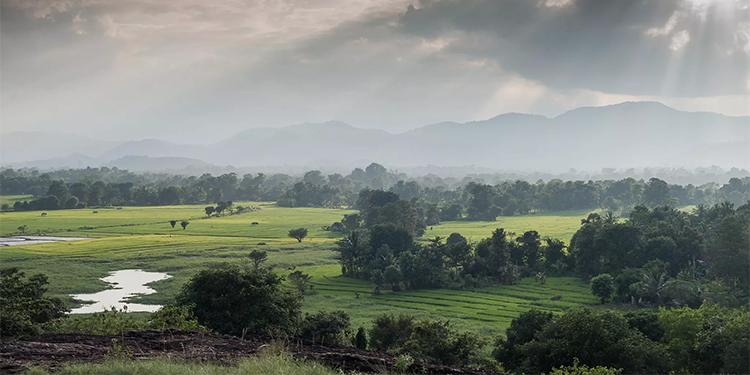
Temperature: During the wet season, the air temperature varies between 23°C and 31°C.
Weather: The monsoon season in Sri Lanka is erratic. May through June sees the arrival of the south-west monsoon wind, which brings harsh, fast-pouring rain to Colombo and Galle. October marks the start of the extended monsoon season, which brings heavy and intermittent rains. This is considered to be the season of the northeast monsoon, which impacts a portion of the nation.
Significance: While it might not be a good idea to go on outdoor activities in the midst of constant rain, it might be feasible to fit in some sightseeing during these months. For example, one can visit the lovely national parks and follow easy hiking paths to gushing waterfalls on days with mild rainfall or drizzle. The breathtaking scenery will make the effort worthwhile!
Reasons to visit right away: Monsoon season brings out the best in the landscapes, from the mysterious rock-cut architecture to the exotic woods, well-manicured plantations, and scenic beaches. This may be the ideal time of year to travel to Sri Lanka for people looking for unusual experiences. It is very breathtaking, both in terms of the looks and the noises and scents.
Prior to your stay, be aware that the wet season is referred to as the low season. There won’t be as many travellers in the area at this time. Make sure to take advantage of the incredible offers and discounts that hotels and resorts will use to entice guests! It’s a beautiful moment to take in the tranquillity and stillness.
Advice: Proper clothing is necessary for Sri Lanka’s two distinct monsoon seasons (Yala and Maha). Be sure to bring rain boots, gumboots, a windbreaker, and an umbrella. Add some insect repellant for all those treks and trips into the forests. Ensure that your electronic devices are either covered with plastic bags or are waterproof.
The monsoon season in Sri Lanka has a different climate from the summer. Have you chosen the ideal time to visit, then? Plan your journey to this amazing location by browsing our Sri Lanka tour packages!
There are two monsoon periods in Sri Lanka
Yala
Maha
Unlike other islands of its size, Sri Lanka has two distinct monsoon seasons that impact different parts of the island at different times of the year.
It goes without saying that this calls for a little more difficult task when creating an itinerary for travellers who want to see as much as possible with as little rain as possible. Fortunately, there is sunlight and pleasant beach weather throughout the island, and these wet seasons are usually brief.
From April/May to August, the primary southwest monsoon, known as “Yala,” delivers strong winds and torrential rains to the hill area (Kandy, Nuwara Eliya, Ella, Haputale, Adam’s Peak), southwest coastal (Galle, Mirissa, Unawatuna, Tangalle, Yala National Park), and west (Colombo, Negombo, Kalpitiya).
On the island, this is usually the longest monsoon season. It goes without saying that October to April, during the dry season, is the busiest time of year to travel through these parts.
Between October and February, the east coast and northern areas (Trincomalee, Arugam Bay, Nilaveli, and Jaffna) experience the second monsoon, known as “Maha.” It’s said that most activities cease during this period; therefore, it will be difficult to find many open restaurants, lodging options, etc.
Depending on the length of your stay, you may wish to concentrate on seeing one side of the island in order to avoid experiencing bad weather in other areas. We suggest visiting the entire island between December and March if you’re eager to see everything there is to see. This time of year is usually the driest nationwide, particularly in the cultural triangle (Sigiriya, Pidurangala, and Anuradhapura).
We’ve gone in both April (hot and humid) and November (gorgeous), and we heartily suggest the latter.
December to March is the best time to hit the beach
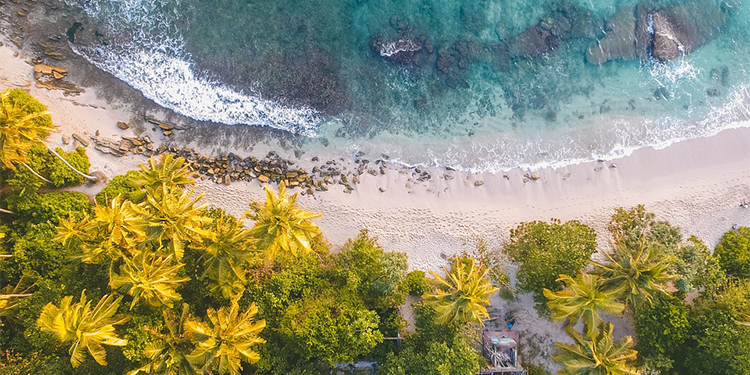
The greatest weather in Sri Lanka arrives in the south and west during the country’s high season, which means that popular resorts like Hikkaduwa and Mirissa are at their busiest but also most picturesque. Nonetheless, the East, North, and Ancient Cities remain wet during the Maha monsoon season, which runs from October to January.
While it is possible to see wildlife all year round in Sri Lanka, the major tourist season, which runs from November to April, is usually the best time to see elephants, leopards, and buffalo. The major parks are all open, and because of the dry weather, animals congregate near water holes, which makes them easier to see (particularly in February and early April).
High season is in full swing by December, when bathers compete for space on beaches along the west and south coasts. Beginning in December and lasting through mid-April, pilgrims of all faiths (as well as the occasional tourist) ascend the holy mountaintop close to Ella during the Adam’s Peak pilgrimage season.
Christmas, which is eagerly awaited by Sri Lanka’s Christian community, also arrives at the end of the month. During the holidays, people of many faiths participate in secular festivities as well; excessive decorations are common.
The height of Sri Lanka’s tourism season occurs in January. Even though there are a lot more people there, the south and west are experiencing lovely weather, making it a desirable time to visit the nation. Major events are also held in a lot of well-known towns in the first month of the year.
This includes the opulent Duruthu Perahera in Colombo, which commemorates the first of Buddha’s trips to Sri Lanka with parades, dances, and lighting. Elsewhere, the Unesco-protected fort at Galle is the scene of a somewhat more low-key yearly literary festival.
February sees a large number of visitors as wintering Europeans take advantage of the dry winter weather and bake themselves on the beaches. For Sri Lankans, this is a busy month as they celebrate Independence Day early in the month with parades, festivals, fireworks, and athletic events all throughout the country.
The number of visitors decreases, but there is a surge of activity during the Maha Sivarathri festival in early March (or late February) as Hindus celebrate Shiva and Parvati’s marriage with all-night vigils and other events. For Shaivites, who make up the majority of Hindus in Sri Lanka, this is the most significant day of the year.
The best times to travel across the entire nation are September through October and April.

Sri Lanka’s two shoulder seasons, which fall between the country’s two major monsoons, provide the finest weather nationwide with fewer tourists and cheaper costs. However, April does fall on the same day as Tamil and Sinhala New Years, which might lead to transportation issues when people travel the nation.
It’s not as hot as it would be in the middle of summer, so it’s a wonderful time to hike in the hill country or climb Sigiriya.

0 Comment